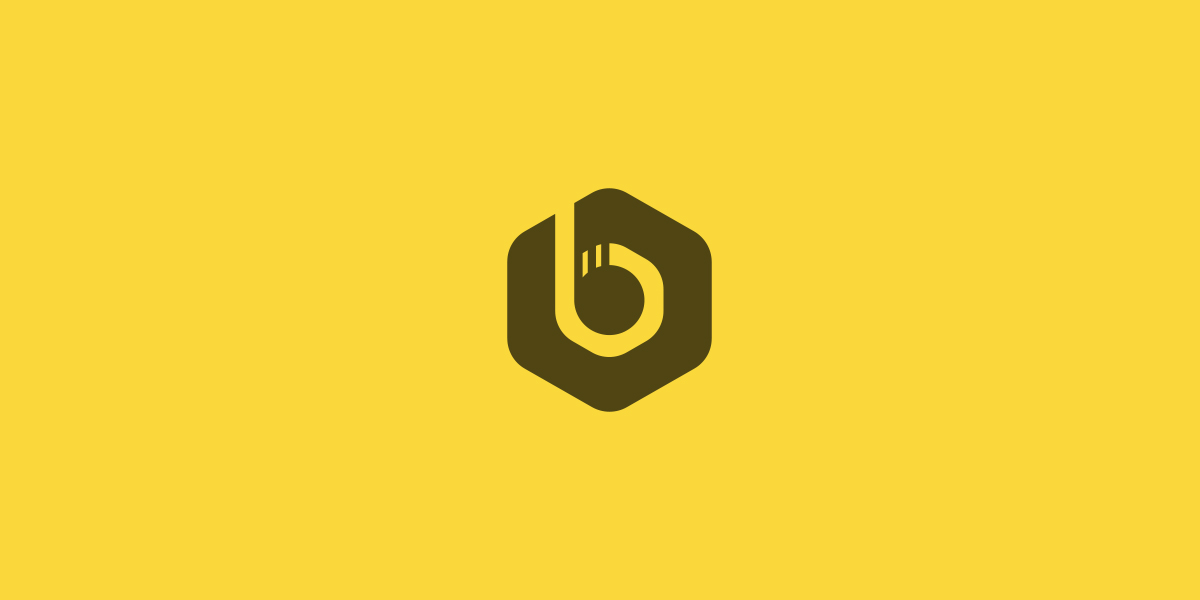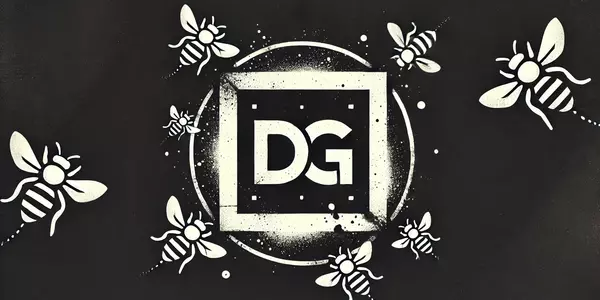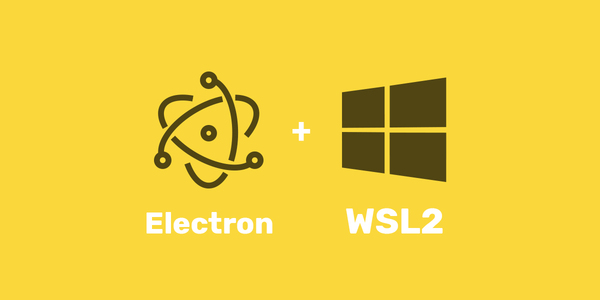Blog
Keep up with the latest Beekeeper Studio news.

 Release
Release
 Tutorial
Tutorial
 Rankings
Rankings
 Rankings
Rankings
 Rankings
Rankings
 Rankings
Rankings
 Rankings
Rankings
 Rankings
Rankings
 Rankings
Rankings
 Rankings
Rankings
 Release
Release
 Rankings
Rankings
 Rankings
Rankings
 Reviews
Reviews
 Reviews
Reviews
 Reviews
Reviews
 Rankings
Rankings
 Release
Release
 Reviews
Reviews
 Tutorial
Tutorial
 Tutorial
Tutorial
 Tutorial
Tutorial
 Tutorial
Tutorial
 Tutorial
Tutorial
 Rankings
Rankings
 Tutorial
Tutorial
 Tutorial
Tutorial
 Tutorial
Tutorial
 Tutorial
Tutorial
 Tutorial
Tutorial
 Tutorial
Tutorial
 Tutorial
Tutorial
 Tutorial
Tutorial
 Tutorial
Tutorial
 Tutorial
Tutorial
 Tutorial
Tutorial
 Tutorial
Tutorial
 Tutorial
Tutorial
 Tutorial
Tutorial
 Tutorial
Tutorial
 Tutorial
Tutorial
 Tutorial
Tutorial
 Tutorial
Tutorial
 Tutorial
Tutorial
 Tutorial
Tutorial
 Rankings
Rankings
 Tutorial
Tutorial
 Tutorial
Tutorial
 Tutorial
Tutorial
 Tutorial
Tutorial
 Release
Release
 Tutorial
Tutorial
 Tutorial
Tutorial
 Tutorial
Tutorial
 Release
Release
 Metrics
Metrics
 Metrics
Metrics
 Metrics
Metrics
 Metrics
Metrics
 Metrics
Metrics
 Metrics
Metrics
 Metrics
Metrics
 Metrics
Metrics
 Metrics
Metrics
 Rankings
Rankings
 Tutorial
Tutorial
 Tutorial
Tutorial
 Tutorial
Tutorial
 Tutorial
Tutorial
 Tutorial
Tutorial
 Tutorial
Tutorial
 Tutorial
Tutorial
 Tutorial
Tutorial
 Release
Release
 Tutorial
Tutorial
 Tutorial
Tutorial
 Tutorial
Tutorial
 Tutorial
Tutorial
 Release
Release
 Tutorial
Tutorial
 Tutorial
Tutorial
 Tutorial
Tutorial
 Release
Release
 Release
Release
 Tutorial
Tutorial
 Tutorial
Tutorial
 Tutorial
Tutorial
 Tutorial
Tutorial
 Tutorial
Tutorial
 Tutorial
Tutorial
 Tutorial
Tutorial
 Tutorial
Tutorial
 Tutorial
Tutorial
 Tutorial
Tutorial
 Tutorial
Tutorial
 Tutorial
Tutorial
 Tutorial
Tutorial
 Tutorial
Tutorial
 Tutorial
Tutorial
 Tutorial
Tutorial
 Tutorial
Tutorial
 Tutorial
Tutorial
 Tutorial
Tutorial
 Tutorial
Tutorial
 Tutorial
Tutorial
 SQL Server Administration
SQL Server Administration
 Tutorial
Tutorial
 Tutorial
Tutorial
 Tutorial
Tutorial
 SQL Server Administration
SQL Server Administration
 Tutorial
Tutorial
 Tutorial
Tutorial
 Release
Release
 Tutorial
Tutorial
 Tutorial
Tutorial
 Tutorial
Tutorial
 Tutorial
Tutorial
 Tutorial
Tutorial
 Tutorial
Tutorial
 Tutorial
Tutorial
 SQL Server Administration
SQL Server Administration
 Tutorial
Tutorial
 Tutorial
Tutorial
 Tutorial
Tutorial
 Tutorial
Tutorial
 Tutorial
Tutorial
 Tutorial
Tutorial
 Tutorial
Tutorial
 Tutorial
Tutorial
 Tutorial
Tutorial
 Tutorial
Tutorial
 Tutorial
Tutorial
 Tutorial
Tutorial
 SQL Server Administration
SQL Server Administration
 Tutorial
Tutorial
 Tutorial
Tutorial
 SQL Reference
SQL Reference
 Tutorial
Tutorial
 SQL Reference
SQL Reference
 Tutorial
Tutorial
 SQL Reference
SQL Reference
 Tutorial
Tutorial
 Tutorial
Tutorial
 SQL Reference
SQL Reference
 Tutorial
Tutorial
 Tutorial
Tutorial
 Tutorial
Tutorial
 SQL Reference
SQL Reference
 Tutorial
Tutorial
 Tutorial
Tutorial
 Tutorial
Tutorial
 SQL Reference
SQL Reference
 SQL Reference
SQL Reference
 SQL Reference
SQL Reference
 Tutorial
Tutorial
 Tutorial
Tutorial
 Tutorial
Tutorial
 Tutorial
Tutorial
 Tutorial
Tutorial
 Tutorial
Tutorial
 Tutorial
Tutorial
 Tutorial
Tutorial
 Tutorial
Tutorial
 Tutorial
Tutorial
 Tutorial
Tutorial
 Tutorial
Tutorial
 Tutorial
Tutorial
 Tutorial
Tutorial
 Tutorial
Tutorial
 Tutorial
Tutorial
 Tutorial
Tutorial
 Tutorial
Tutorial
 Tutorial
Tutorial
 Tutorial
Tutorial
 Tutorial
Tutorial
 Tutorial
Tutorial
 Tutorial
Tutorial
 Tutorial
Tutorial
 Tutorial
Tutorial
 Tutorial
Tutorial
 Tutorial
Tutorial
 Tutorial
Tutorial
 Tutorial
Tutorial
 Tutorial
Tutorial
 Tutorial
Tutorial
 Tutorial
Tutorial
 Tutorial
Tutorial
 Release
Release
 Tutorial
Tutorial
 Tutorial
Tutorial
 Tutorial
Tutorial
 Tutorial
Tutorial
 Tutorial
Tutorial
 Tutorial
Tutorial
 Tutorial
Tutorial
 Tutorial
Tutorial
 Tutorial
Tutorial
 Tutorial
Tutorial
 Tutorial
Tutorial
 Tutorial
Tutorial
 Tutorial
Tutorial
 Tutorial
Tutorial
 Tutorial
Tutorial
 Tutorial
Tutorial
 Tutorial
Tutorial
 Tutorial
Tutorial
 Tutorial
Tutorial
 Tutorial
Tutorial
 Tutorial
Tutorial
 Tutorial
Tutorial
 Tutorial
Tutorial
 Tutorial
Tutorial
 Tutorial
Tutorial
 Tutorial
Tutorial
 Tutorial
Tutorial
 Tutorial
Tutorial
 Tutorial
Tutorial
 Tutorial
Tutorial
 Tutorial
Tutorial
 Tutorial
Tutorial
 Tutorial
Tutorial
 Tutorials
Tutorials
 Tutorial
Tutorial
 Tutorial
Tutorial
 Release
Release
 Tutorial
Tutorial
 Tutorial
Tutorial
 Tutorial
Tutorial
 Tutorial
Tutorial
 Tutorial
Tutorial
 Tutorials
Tutorials
 Release
Release
 Guides
Guides
 Release
Release
 Tutorial
Tutorial
 news
news
 Release
Release
 Release
Release
 Release
Release
 Release
Release
 SQLTools
SQLTools
 Release
Release
 Release
Release
 Release
Release
 Release
Release
 Release
Release
 Metrics
Metrics
 Tutorials
Tutorials
 Release
Release
 Tutorials
Tutorials
 Guides
Guides
 Release
Release
 Release
Release
 Release
Release
 Release
Release
 Release
Release